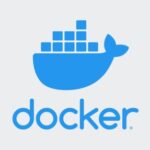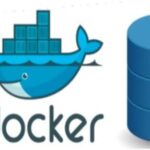Introduction
Containerization is an emerging technology that has been gaining popularity in recent years. The idea behind containerization is to have a light-weight encapsulation of an application or service, wherein the encapsulation isolates the applications from the underlying operating system and hardware.
This not only creates better performance and scalability but also makes the deployment of applications much easier and faster. Docker and Containerd are two of the most popular tools for containerization. In this blog, we will explore the basics of containerization, how Docker and Containerd works, and how they can be used to containerize applications.
What is containerization?
Containerization is the process of packaging applications in such a way that they can run on any platform without needing to install any additional software dependencies. This process works by packaging the application into a container which is then deployed to any compatible system with consistent behaviour.
This allows developers to build applications that are portable and can easily be deployed and managed in different environments.
How does Docker work?
Docker is an open source platform that enables developers to build, ship, and run distributed applications anywhere. Docker uses containers to package and ship applications as code, making it easy to deploy complex applications across different servers and platforms. Each Docker container contains the application code and its necessary dependencies, making it easy to move these components around. Docker also includes an orchestration and management layer for quickly scaling and deploying applications across multiple nodes.
How does Containerd work?
Containerd is a container runtime, which means it is an execution environment for containers. Containerd is responsible for managing and running containers, which includes task scheduling, resource isolation, network configuration, and storage management.
Containerd is also responsible for providing the necessary mechanisms for monitoring and debugging running containers. Containerd is designed to be lightweight and efficient and integrates with other services like Docker Swarm and Kubernetes to provide higher-level services such as scaling and clustering.
Conclusion
Containerization is an increasingly popular technology that is changing the way applications and services are built and deployed. Docker and Containerd are two of the most popular tools for containerization, and they offer developers powerful ways to package, deploy, and manage applications in different environments. With the help of Docker and Containerd, developers can quickly containerize their applications and services, making them easier to deploy and maintain.




